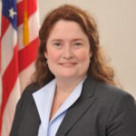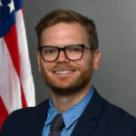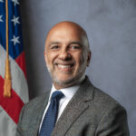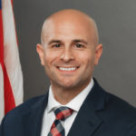
Jeff Smith | March 3, 2022
It’s going to be a busy year – a really busy year. In 2022, much of the promise of the 21st Century Cures Act comes to certified health IT near you.
ONC dutifully monitors industry progress towards certification to the 2015 Edition Cures Update (Cures Update), which introduces new standards and functionalities that will benefit our health care system in a variety of ways. This includes improved interoperability through secure, standards-based application programming interfaces (APIs) and the United States Core Data for Interoperability Version 1 (USCDI v1);
Read Full Post.

Rachel Nelson | February 28, 2022
The 21st Century Cures Act (Cures Act), signed into law by President Obama in 2016, directed ONC to implement a standardized process for the public to report claims of possible information blocking. The information blocking claims reporting process welcomes claims of possible information blocking from anyone who believes they may have experienced or observed information blocking. Any information received by ONC in connection with a claim or suggestion of possible information blocking and that could reasonably be expected to facilitate identification of the source of the information (claimant) is protected from disclosure under the Cures Act.
Read Full Post.

Wes Barker | February 1, 2022
Using APIs “without Special Effort”
The ONC’s Cures Act Final Rule (Cures Rule) supports patients’ and providers’ access to electronic health information (EHI) through Health Level Seven (HL7®) Fast Healthcare Interoperability Resources (FHIR®) application programming interfaces (APIs). FHIR is ready for prime-time and the Cures Rule requires certain developers of certified health IT to provide a certified, FHIR API to their customer base by December 31, 2022.
Read Full Post.

Micky Tripathi | January 18, 2022
The Trusted Exchange Framework and Common AgreementSM is now available. Within the health information technology (health IT) world, few things have been as elusive as a governance framework for nationwide health information exchange. When ONC was formed in 2004, the concept of a nationwide health information network—where your information could be located across the country in a click—was a big picture vision that drove the federal government’s early health IT infrastructure, standards, policy actions, and investments.
Read Full Post.

Steven Posnack | December 16, 2020
Passed four years ago, the 21st Century Cures Act (Cures Act) included a definition of “information blocking.” On behalf of the HHS Secretary, the Office of the National Coordinator for Health Information Technology (ONC) was tasked with implementing this definition and its “exceptions.” The new regulation (also a “law”) published in the Federal Register this past May by ONC identified three types of participants in health care that are covered under information blocking: 1) health care providers,
Read Full Post.

